Exploring the Legacy of Files Over Miles and its Alternatives
The rise of personal computers and the internet in the late 20th century created new possibilities for digital collaboration. Early services like Napster introduced peer-to-peer (P2P) file sharing, allowing direct user transfers without centralized servers. P2P networks offered a decentralized approach, with each participant supplying and accessing resources and scaling transfers enormously. However, services confronted legal issues due to copyright infringement. As broadband internet expanded in the 2000s, new P2P protocols emerged suited for legitimate uses like work/projects. Created in 2009, Files Over Miles pioneered browser-based P2P transfers, directly connecting users through their web browsers for fast, unlimited file exchanges.
The Innovation of Files Over Miles
Polish programmer Bartosz Biskupski founded Files Over Miles as a proof-of-concept for direct peer-to-peer file transfers using just web browsers. Leveraging Adobe Flash capabilities allowed users to share files between computers without requiring downloads, plugins, or centralized hosting infrastructure.
Files were transferred directly between web browsers using UDP hole punching and NAT traversal techniques. This gave Files Over Miles several critical advantages over traditional file hosting or cloud storage services of the time:
Extremely Fast Speeds – Eliminating upload and download steps yielded transfer speeds near that of a local network connection.
Unlimited File Sizes – Transfer size was only limited by available RAM on the sending computer. This far exceeded typical file size caps of 1-2GB from other services.
Privacy Protection – Files never touched a third-party server and were transferred with 128-bit AES encryption.
Universal Access – As long as the web browser supports Flash, anyone can access Files Over Miles without an account or app installation.
Within a few years, Files Over Miles gained millions of users and proved the viability of direct browser-based P2P sharing. It became a popular tool for professionals, creatives, and students to collaborate on large projects and exchange files seamlessly across different devices.
How Files Over Miles Worked
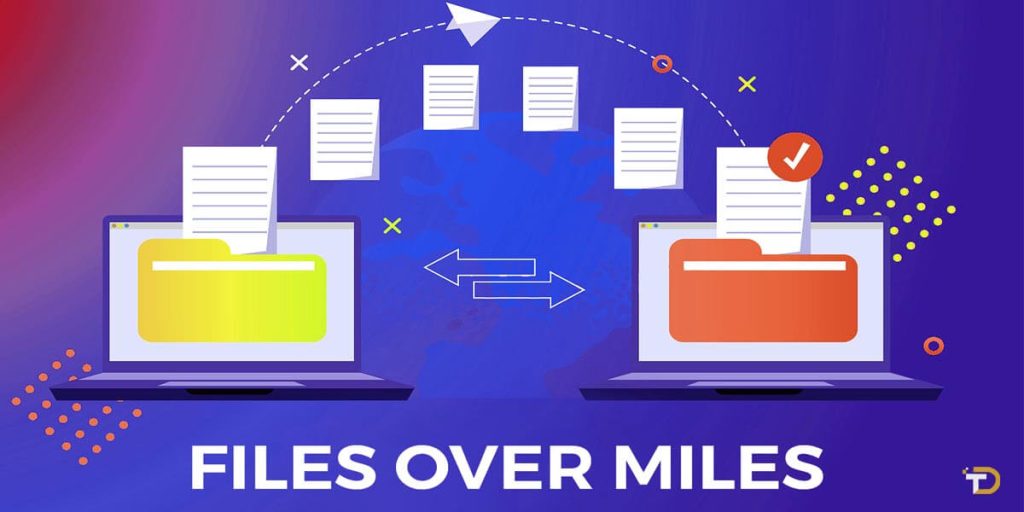
The basic process of using Files Over Miles was quite simple:
- Browse the Files Over Miles website using a supported web browser like Firefox, Chrome, Safari, etc.
- Select the file you want to share from your local computer and click “Upload”.
- Files Over Miles would generate a unique URL link for that file transfer.
- Share the URL with the intended recipient(s) via email, messaging, or other means.
- When the recipient clicks the link, the file will load directly into their browser’s memory from the sender’s computer.
- Once the transfer is completed, the recipient can save the file locally on their device.
The critical thing to note is that the sender’s browser had to remain open during the entire transfer process. This allowed their computer to serve the file contents to the recipient in real time. Transfer speeds often reached 50-100MB/s due to eliminating upload/download bottlenecks.
Limitations of Files Over Miles
While revolutionary for its time, Files Over Miles did have some limitations that eventually led to its decline:
RAM-Dependent Sizes – The RAM available on the sending computer constrained the maximum file size. Large RAM was needed for high-res media or big datasets.
Recipient RAM Also Mattered – The recipient’s available RAM could limit transfer sizes due to Flash’s memory usage.
Firewall Compatibility – Complex corporate or home firewall policies could block the required UDP connections.
Flash Dependency – Reliance on Flash for the browser plugin eventually became a hindrance as support waned in modern browsers.
No Versioning or Collaboration – There was no ability to track file changes, maintain versions, or enable real-time co-editing with others.
Limited Platform Support – Being web-based only, Files Over Miles lacked dedicated desktop and mobile apps for flexibility on all devices.
By the mid-2010s, Flash had faded into obsolescence on most browsers. And cloud-based alternatives have emerged with more robust file storage, sharing, and collaboration features across multiple platforms. This ultimately led to Files Over Miles being shut down in 2017.
Read More: 5 Ways to Transfer Files Between iPhone and Mac
Alternative File-Sharing Options
With the discontinuation of Files Over Miles, users began exploring alternative services that could fulfil similar needs of easy file transfers and additional capabilities. Here are some of the top options that emerged as Files Over Miles successors:
Microsoft OneDrive
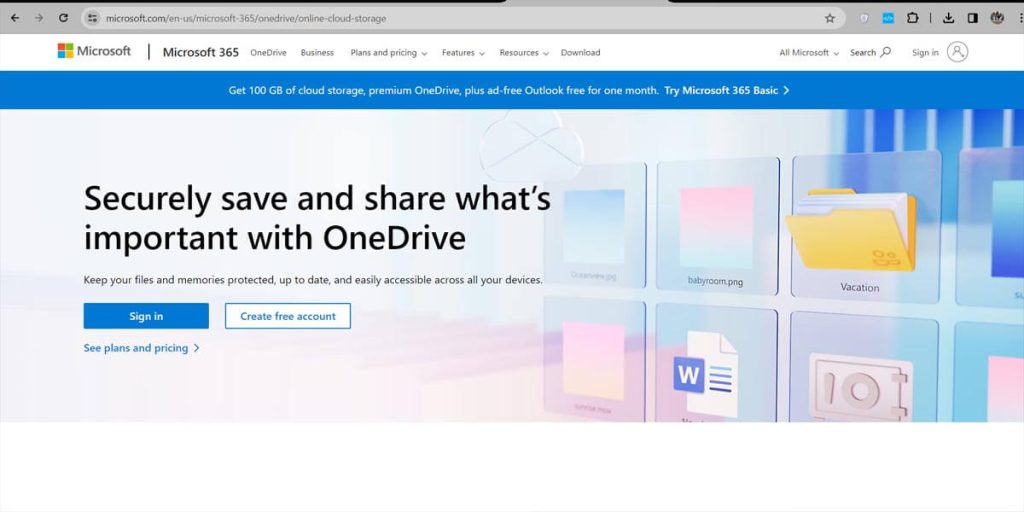
OneDrive integrated seamlessly with the Microsoft Office suite and provided 1TB of free cloud storage. Its cross-platform support, version history, sharing controls, and collaboration features made it ideal for team projects. Integration with Windows File Explorer provided a familiar experience for PC users too.
Google Drive
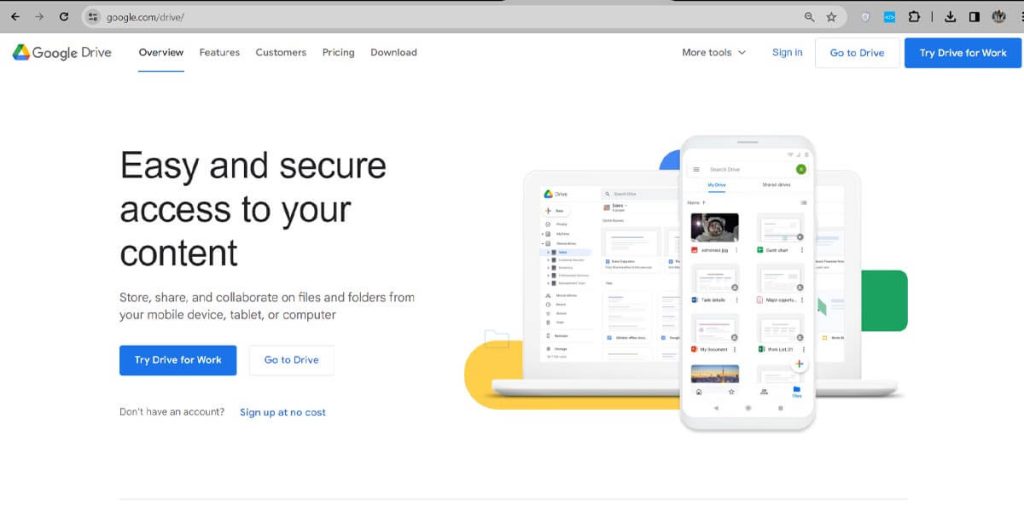
As one of the earliest consumer cloud storage offerings, Google Drive has gained massive scale with 15GB of free storage. Its intuitive interface, platform flexibility, and tight Google Workspace integration made it a clear leader for education and business use cases.
Dropbox
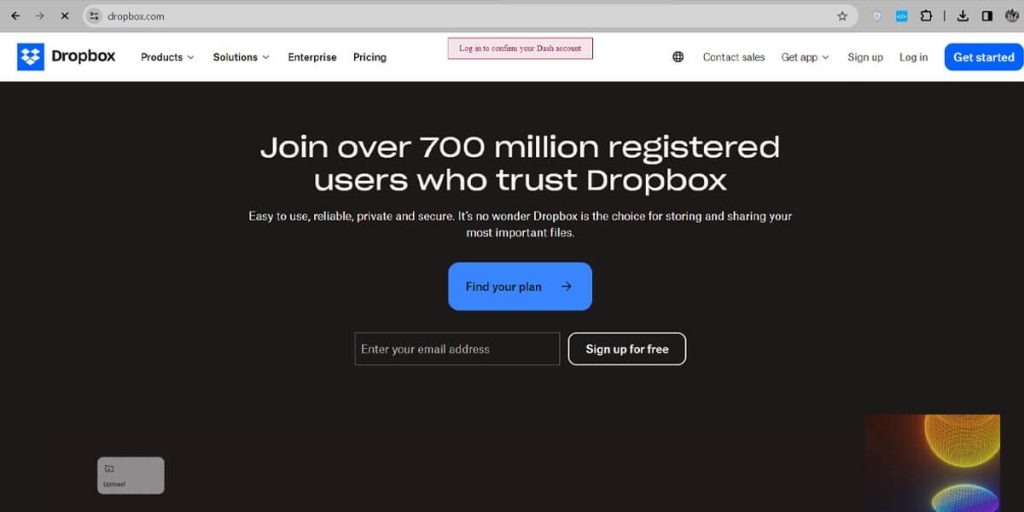
An early pioneer of cloud sync and share, Dropbox offered simple cross-platform file access and sharing controls. Features like file previews, comments, and version history expanded its use for both personal and professional collaboration over the years.
WeTransfer
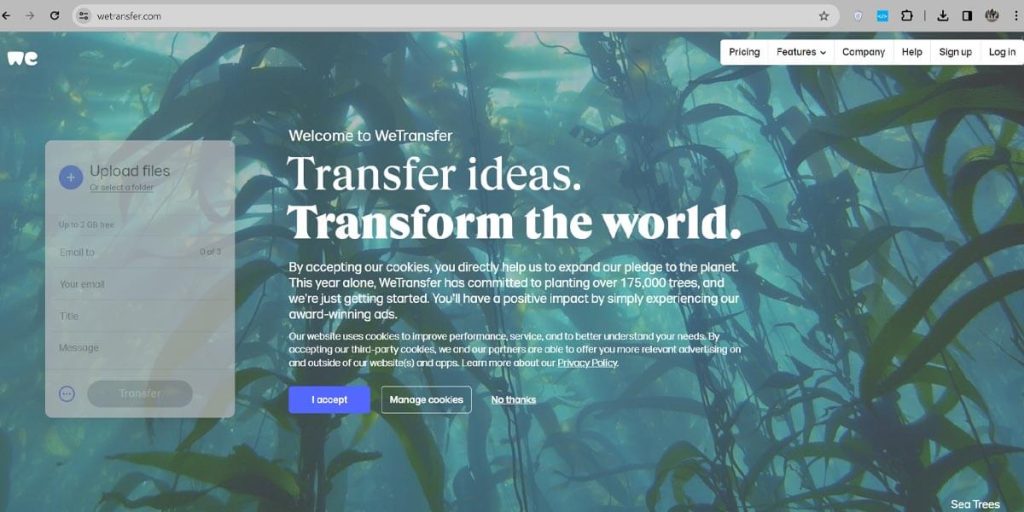
WeTransfer streamlined the process with its clean web and mobile interfaces for simple one-time file transfers. Large upload sizes of up to 2GB and download expiration controls gave it an edge over email for sharing large multimedia files.
pCloud
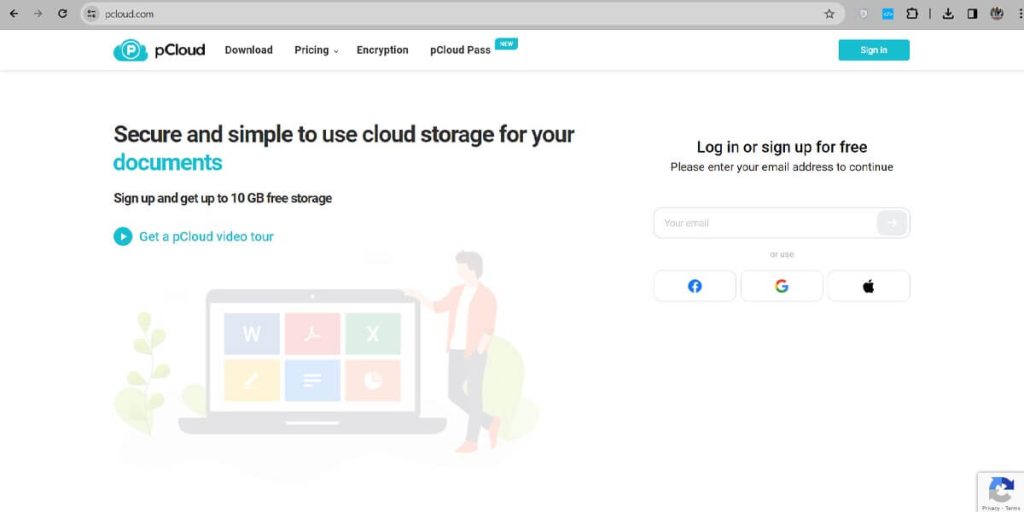
A privacy-focused cloud platform, pCloud offered generous lifetime licenses for its encrypted cloud storage and real-time collaboration tools. File comments and custom sharing pages provided versatile sharing options.
MediaFire
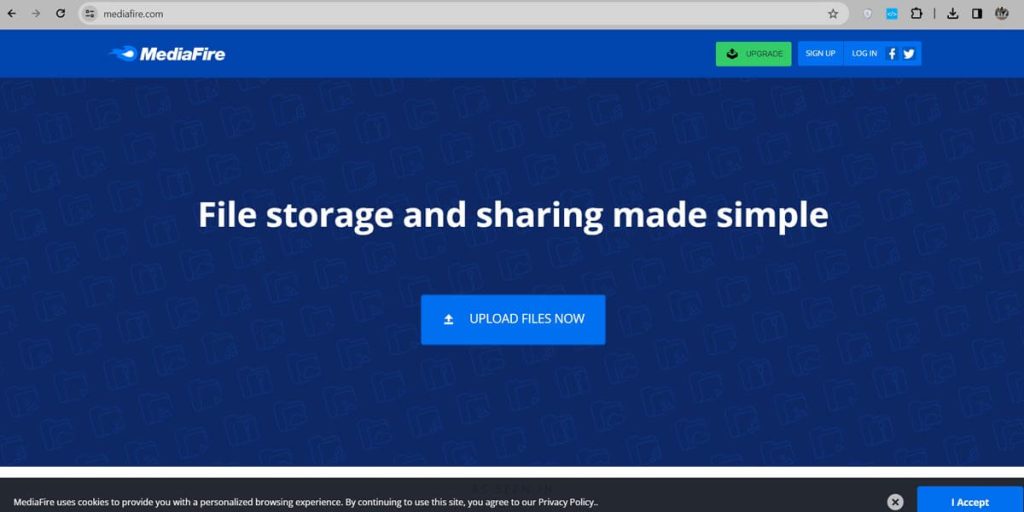
Geared towards creatives and enthusiasts, MediaFire provided generous free storage and focused on quick transfers through direct downloads, links, and embedded previews.
Send Anywhere
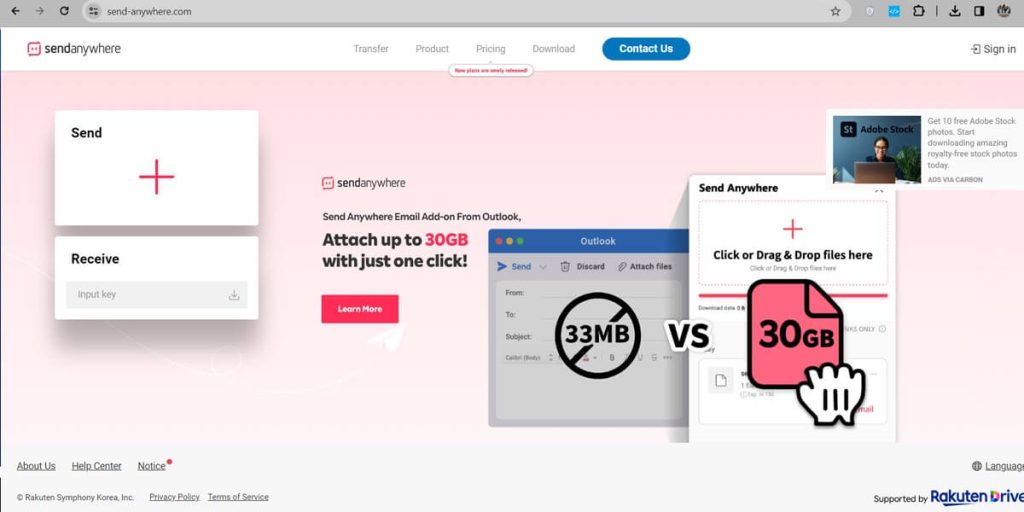
Taking a similar approach to the original Files Over Miles concept, Send Anywhere enabled direct transfers between devices using a proprietary P2P protocol. It prioritized speed, security, and ease of use without accounts.
While lacking some advanced features of centralized services, these alternatives recaptured the spirit of quick, frictionless transfers that Files Over Miles pioneered. Each was found successful by focusing on specific use cases and communities.
Read More: File ZIPO – External Cloud Storage Solution for Salesforce
The Evolution of P2P File Sharing
In the years since the decline of Files Over Miles, peer-to-peer file sharing has continued to evolve alongside broader internet trends:
- Cryptocurrencies and blockchain distributed new incentive models for P2P networks beyond just altruism.
- IPFS and InterPlanetary File System heralded a new generation of distributed file storage that was not reliant on central servers.
- Bandwidth improvements and widespread adoption of high-speed networks revived interest in direct device-to-device sharing.
- Modern web technologies like WebRTC brought low-latency peer connections into web browsers without plugins.
- Decentralized apps and services are experimenting with new economic models around content distribution and monetization.
New startups are building the next wave of P2P applications focused on privacy, resilience, accessibility and open collaboration. Projects like Beaker Browser, Send, and OnionShare aim to serve independent creators, activists and off-grid users.
Looking Forward
As the internet continues decentralizing away from just a handful of dominant platforms, peer-to-peer architectures will play a more critical role. New models that avoid centralized control while prioritizing user privacy, equal access and open participation are needed.
For all its limitations, Files Over Miles proved just how powerful direct device-to-device sharing could be. Removing bandwidth bottlenecks and third parties from the equation delivered an experience closer to real-world file transfers.
Ten years later, its spirit of easy, instant, and censorship-resistant sharing has lived on in modern P2P projects. As tools continue advancing, we may see a resurgence of browser-based services that build upon the innovations Files Over Miles introduced. Its legacy ensures peer-to-peer will continue pushing the boundaries of how digital content can freely flow between all people worldwide.





